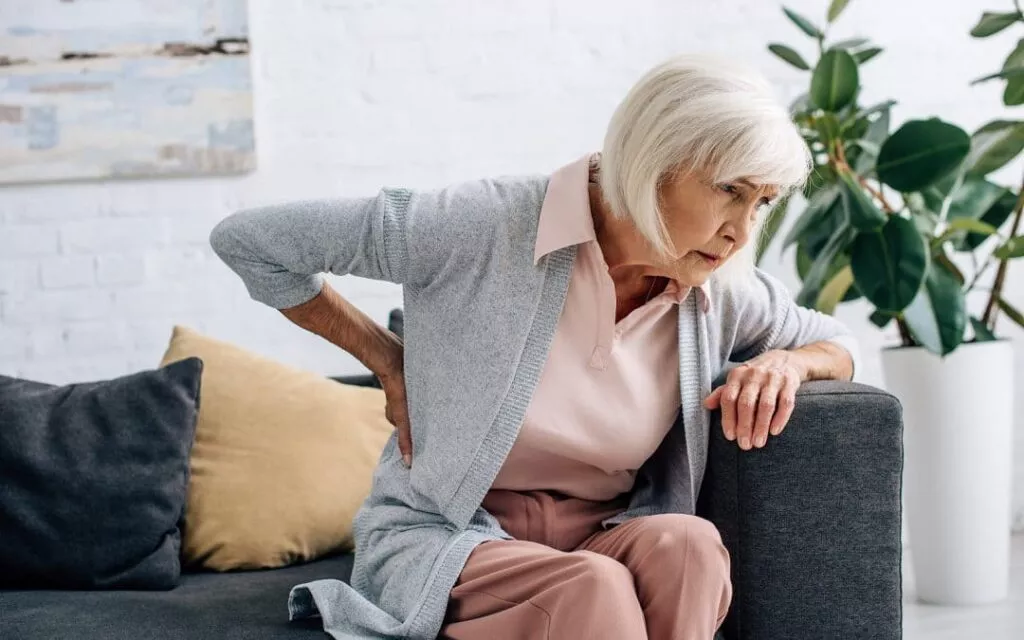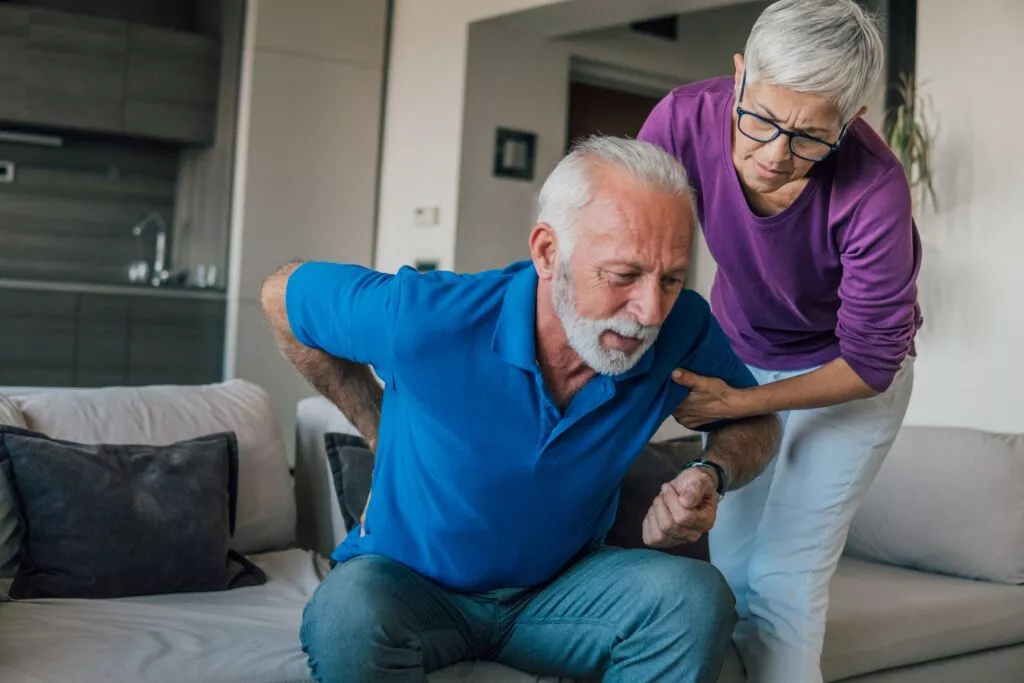It is estimated that 25-56% of older people in the community and 45-80% of older people in long-term care facilities suffer from pain. More than half of dying older people experience pain. Pain can be classified into two types acute or chronic. Chronic pain is pain that lasts for a long period of time. It may or may not be linked with an identifiable disease process. Here are some tips for managing persistent pain in older people.
Specialty Care Clinics give safe and quality pain management services. We are a team of certified medical professionals who help you in managing pain and accelerate the recovery process. Doctors first diagnose the conditions and prefer to give non-surgical treatment. If required they will advise for surgical treatment. Visit us and get treatment from experienced professionals, call us at (469)-545-9983 to book an appointment.
Approximately 30% of women and 19% of men over the age of 75 reports persistent pain in 3 or more locations. The most common types of chronic pain in these individuals are musculoskeletal pain, neuropathic pain, and cancer-related pain.
Chronic pain in the elderly is often unrecognized and inadequately treated, resulting in unnecessary suffering, depression, anxiety, impaired walking ability, sleep disturbance, cognitive impairment, anorexia, weight loss, reduced social interaction and frequent seeking of healthcare.
Pain can affect a patient’s ability to concentrate, sleep and cope with stress. As a result, inadequate pain management not only reduces the patient’s quality of life but also significantly increases healthcare costs. Unfortunately, however, the quest for fast and inexpensive pain control often leads to an increase in potentially dangerous polypharmacy without using non-pharmacological options fully.
Long-lasting, incurable diseases (such as dementia, inflammatory pain, or viral infections) produce persistent nociceptive or neuropathic stimuli and may be the ultimate cause of chronic pain in the elderly. Psychological factors can increase persistent pain. Additionally, chronic pain can exacerbate psychological problems (such as depression) and impair the distinction between cause and effect. Parkinson’s and Alzheimer’s disease, depression, stomatitis syndrome, and viral infections are particularly associated with chronic pain, and their presence may affect pain and physical function in older patients

CHRONIC PAIN AND DEPRESSION
Chronic pain and depression are common in older people and have a two-way relationship. Depression and pain may be risk factors for each other, and robust epidemiological studies on chronic pain and comorbid depression are lacking. 13% of seniors suffer from both depression and chronic pain. A strong association has been shown between pain severity and depression in older adults. In addition, chronic back problems, especially when combined with chronic gastritis, hyperuricemia/gout, congestive heart failure, neuropathy, and depression, are the most important predictors of increased pain in elderly patients in primary care. A study examining whether depression mediates the relationship between pain and sleep disturbances in middle-aged and older adults found that depression partially affected the relationship between daily pain and sleep efficiency, as well as total wake time.

PAIN ASSESSMENT IN OLDER PATIENTS
The importance of pain assessment cannot be overemphasized. However, when dealing with many other issues that older patients may have, it can be very difficult to find time to do this during a typical primary care visit. A recent survey of primary care providers identified the following factors as barriers to effective pain management in primary care:
- Systems limitations
- Scepticism
- Time pressures
- Psychosocial complexity
- Lack of consultant support
- Lack of education and training
The patient is still worried that reporting pain would lead to unnecessary testing, a cancer diagnosis, or a treatment regimen that they might not be able to take. Other cues may be required to ascertain the degree of difficulty the patient is experiencing since people with cognitive issues may find it difficult to articulate their suffering.

HOW TO TREAT CHRONIC PAIN IN OLDER PATIENTS
Pain management begins with establishing methods, such as the pain scales, to assess the intensity of pain at the start of treatment and to allow comparisons after treatment has started. If the patient’s cognitive state does not help in the use of pain scales, identify the words or cues the patient uses to describe the pain.
Consider nonpharmacologic approaches to pain management when appropriate. These include physical therapy, exercise programs, cognitive-behavioural therapy, acupuncture, and caregiver training on how to help patients avoid pain.
Topical analgesics are also an excellent alternative to systemic drugs for treating localized pain (such as arthritis). However, many patients require a trial of systemic analgesics. There is strong evidence that analgesic studies help with pain in the elderly. Even nursing home residents will give significant benefits, including improved social interactions.
For careful and safe pain management for senior citizens, visit Specialty Care Clinics for better treatment, call (469)-545-9983 to book an appointment.
